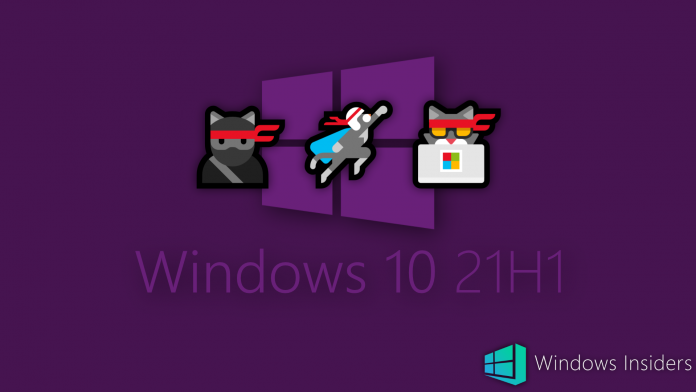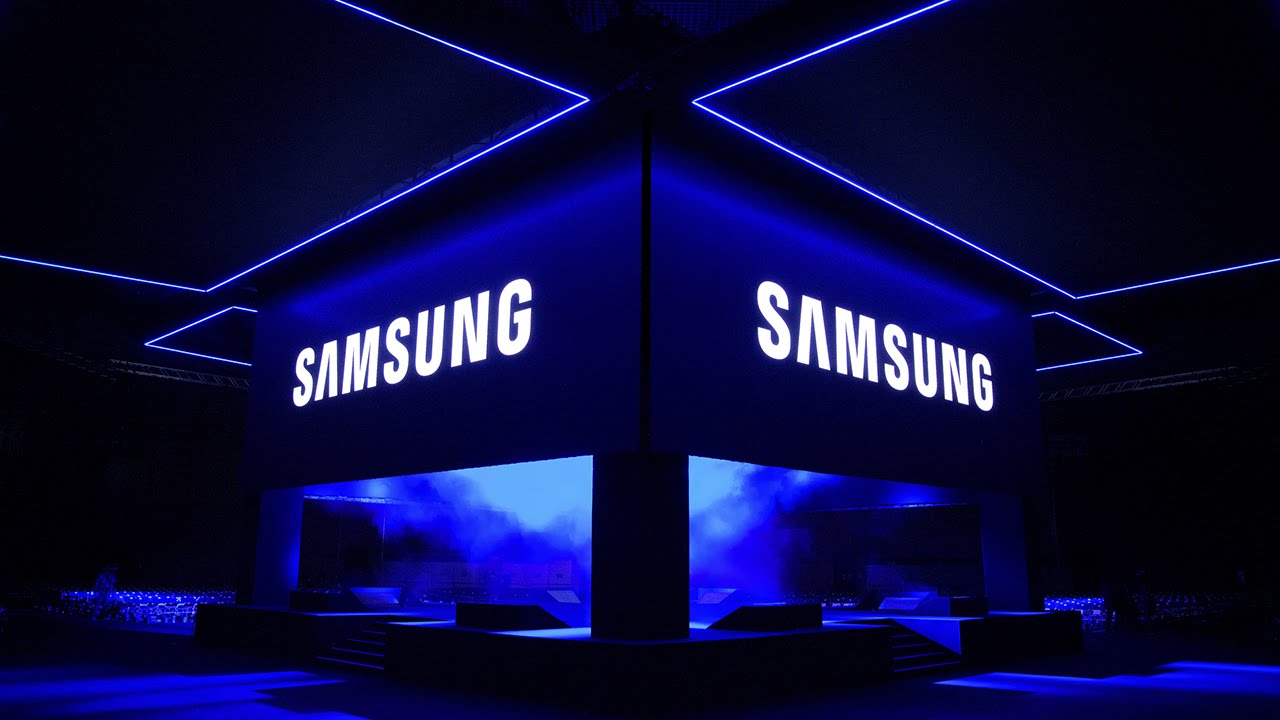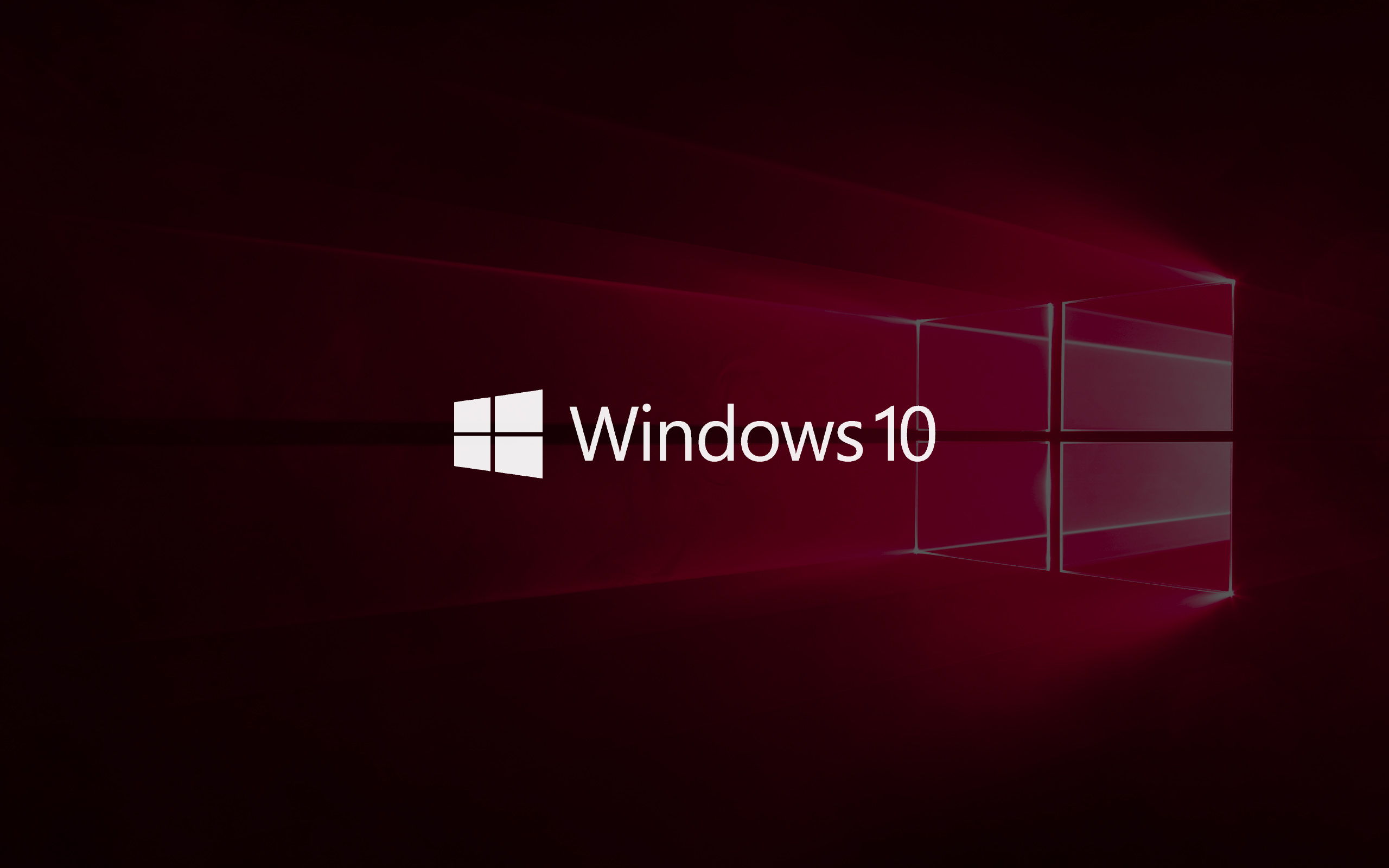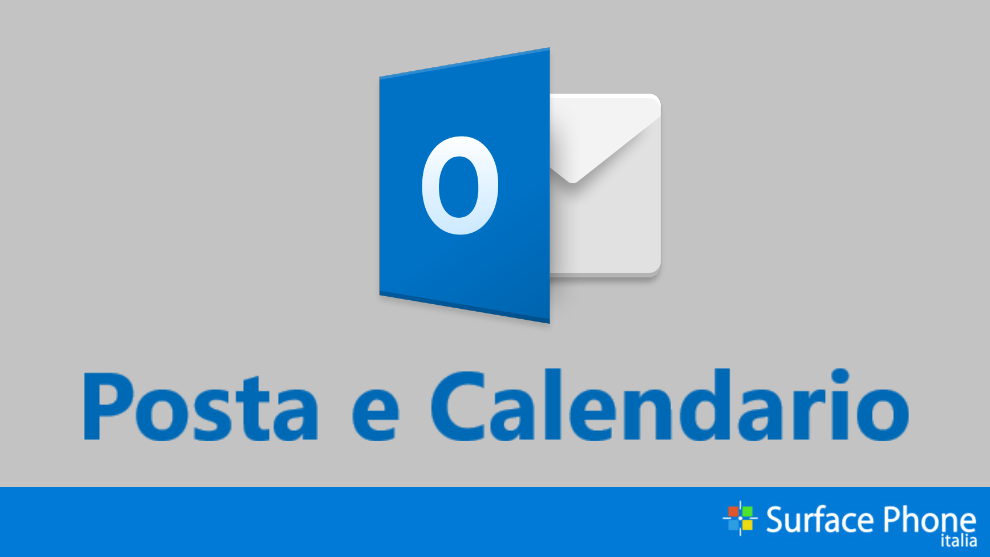
Microsoft ha da poco rilasciato la prima build di Windows 10 21H1 agli utenti Insider nel canale Beta: si tratta della build 19043.844.
Novità build 19043.844 (KB4601382)
- Windows Hello multi-camera support to allow users to choose an external camera priority when using high end displays with integrated cameras.
- Windows Defender Application Guard performance improvements including optimizing document opening scenario times.
- We fixed an issue that causes a one minute or more delay when you open a Microsoft Defender Application Guard (WDAG) Office document. This occurs when you try to open a file using a Universal Naming Convention (UNC) path or Server Message Block (SMB) share link.
- We improved Robocopy’s performance when copying files that total over 400 MB in size.
- We fixed an issue that causes a WDAG container to use almost 1 GB of memory (working set) when the container is idle.
- Windows Management Instrumentation (WMI) Group Policy Service (GPSVC) updating performance improvement to support remote work scenarios.
- We fixed an issue that causes changes that the Active Directory (AD) administrator makes to user or computer group membership to propagate slowly. Although the access token eventually updates, these changes do not appear when the administrator uses gpresult /r or gpresult /h to create a report.
Fix di bug e miglioramenti generali
- We fixed an issue with a memory leak in Internet Explorer 11 that occurs when you use the Chinese language pack.
- We fixed an issue with certain COM+ callout policies that cause a deadlock in certain applications.
- We fixed an issue that prevents certain Win32 apps from opening as a different user when you use the runas
- We fixed an issue that displays unexpected screens during the Windows Out of Box Experience (OOBE).
- We fixed an issue that might cause a deadlock when a COM server delivers an event to multiple subscribers in parallel.
- We fixed an issue in Advanced display settings that shows the incorrect refresh rates available for high dynamic range (HDR) displays.
- We fixed an issue that might prevent certain CAD applications from opening if those applications rely on OpenGL.
- We fixed an issue that might cause video playback to flicker when rendering on certain low-latency capable monitors.
- We fixed an issue that sometimes prevents the input of strings into the Input Method Editor (IME).
- We fixed an issue that exhausts resources because Desktop Windows Manager (DWM) leaks handles and virtual memory in Remote Desktop sessions.
- We fixed an issue with a stop error that occurs at start up.
- We fixed an issue that might delay a Windows Hello for Business (WHfB) Certificate Trust deployment when you open the Settings-> Accounts-> Sign-in Options page.
- We fixed an issue that might sometimes prevent some keyboard keys from working, such as the home, Ctrl, or left arrow keys. This issue occurs when you set the Japanese IME input mode to Kana.
- We removed the history of previously used pictures from a user account profile.
- We fixed an issue that displays the wrong language on a console after you change the system locale.
- We fixed an issue that causes the host process of Windows Remote Management (WinRM) to stop working when it formats messages from a PowerShell plugin.
- We fixed an issue in the Windows Management Instrumentation (WMI) service that causes a heap leak each time security settings are applied to WMI namespace permissions.
- We fixed an issue with screen rendering after opening games with certain hardware configurations.
- We improved startup times for applications that have roaming settings when User Experience Virtualization (UE-V) is turned on.
- We fixed an issue in which a principal in a trusted MIT realm fails to obtain a Kerberos service ticket from Active Directory domain controllers (DC). This occurs on devices that installed Windows Updates that contain CVE-2020-17049 protections and configured PerfromTicketSignature to 1 or higher. These updates were released between November 10, 2020 and December 8, 2020. Ticket acquisition also fails with the error, “KRB_GENERIC_ERROR”, if callers submit a PAC-less Ticket Granting Ticket (TGT) as an evidence ticket without providing the USER_NO_AUTH_DATA_REQUIRED flag.
- We fixed high memory and CPU utilization in Microsoft Defender for Endpoint.
- We enhanced data loss prevention and insider risk management solution functionalities in Microsoft 365 endpoints.
- We fixed an issue with external cameras that support Windows Hello. By default, Windows Hello will now use the external camera when an internal Windows Hello camera is present.
- We fixed an issue that displays an error when you attempt to open an untrusted webpage using Microsoft Edge or open an untrusted Microsoft Office document. The error is, “WDAG Report – Container: Error: 0x80070003, Ext error: 0x00000001”. This issue occurs after installing the .NET update KB4565627.
- We fixed an issue that prevents wevtutil from parsing an XML file.
- We fixed an issue that fails to report an error when the Elliptic Curve Digital Signature Algorithm (ECDSA) generates invalid keys of 163 bytes instead of 165 bytes.
- We added support for using the new Chromium-based Microsoft Edge as the assigned access single kiosk app. Now, you can also customize a breakout key sequence for single app kiosks. For more information, see Configure Microsoft Edge kiosk mode.
- We fixed an issue with User Datagram Protocol (UDP) broadcast packets that are larger than the maximum transmission unit (MTU). Devices that receive these packets discard them because the checksum is not valid.
- We fixed an issue in which the WinHTTP AutoProxy service does not comply with the value set for the maximum Time To Live (TTL) on the Proxy Auto-Configuration (PAC) file. This prevents the cached file from updating dynamically.
- We improved the ability of the WinHTTP Web Proxy Auto-Discovery Service to ignore invalid Web Proxy Auto-Discovery Protocol (WPAD) URLs that the Dynamic Host Configuration Protocol (DHCP) server returns.
- We displayed the proper Envelope media type as a selectable output paper type for Universal Print queues.
- We ended the display of a random paper size for a printer when it uses the Microsoft Internet Printing Protocol (IPP) Class Driver.
- We enabled Windows to retrieve updated printer capabilities to ensure that users have the proper set of selectable print options.
- We updated support for hole punch and stapling locations for print jobs with long edge first paper feed direction on certain printers.
- We fixed an issue that might cause the IKEEXT service to stop working intermittently.
- We fixed an issue that might prevent a Non-Volatile Memory Express (NVMe) device from entering the proper power state.
- We fixed an issue that might cause stop error 7E in sys on servers running the Network File System (NFS) service.
- We fixed an issue that prevents the User Profile Service from detecting a slow or a fast link reliably.
- We fixed an issue that causes contention for a metadata lock when using Work Folders.
- We added a new dfslogkey as described below:
- Keypath: HKEY_LOCAL_MACHINE/SOFTWARE/MICROSOFT/dfslog.
- The RootShareAcquireSuccessEvent field has the following possible values:
- Default value = 1; enables the log.
- Value other than 1; disables the log.
If this key does not exist, it will be created automatically. To take effect, any change to dfslog/RootShareAcquireSuccessEvent in the registry requires that you restart the DFSN service.
- We updated the Open Mobile Alliance (OMA) Device Management (DM) sync protocol by adding a check-in reason for requests from the client to the server. The check-in reason will allow the mobile device management (MDM) service to make better decisions about sync sessions. With this change, the OMA-DM service must negotiate a protocol version of 4.0 with the Windows OMA-DM client.
- We turned off token binding by default in Windows Internet (WinINet).
- We fixed an issue that might prevent the correct Furigana characters from appearing in apps that automatically allow the input of Furigana characters. You might need to enter the Furigana characters manually. This issue occurs when using the Microsoft Japanese Input Method Editor (IME) to enter Kanji characters in these apps.
Download
Microsoft sta rilasciando questa build sul canale Beta tramite l’esperienza “cercatore” in Windows Update. Ciò significa che gli Insider dovranno recarsi in Impostazioni > Aggiornamento e sicurezza > Windows Update e scegliere di scaricare e installare Windows 10 21H1.

Il colosso di Redmond ha anche annunciato che gli update di Windows 10 21H1 saranno rilasciati come aggiornamento cumulativi, proprio come è accaduto con 19H2 e 20H2. Cosa ne pensate? Fatecelo sapere nei commenti!
ArrayPer restare sempre aggiornato sulle ultime novità scarica la nostra APP ufficiale oppure iscriviti alle nostre notifiche istantanee oppure seguici su Facebook, Twitter, Telegram e Instagram!


![WSATools: attualmente non disponibile [Agg.2 Disponibile] WSATools](https://windowsinsiders.com/wp-content/uploads/2021/11/WSATools-m-218x150.jpg)


![WSATools: attualmente non disponibile [Agg.2 Disponibile] WSATools](https://windowsinsiders.com/wp-content/uploads/2021/11/WSATools-m-100x70.jpg)


